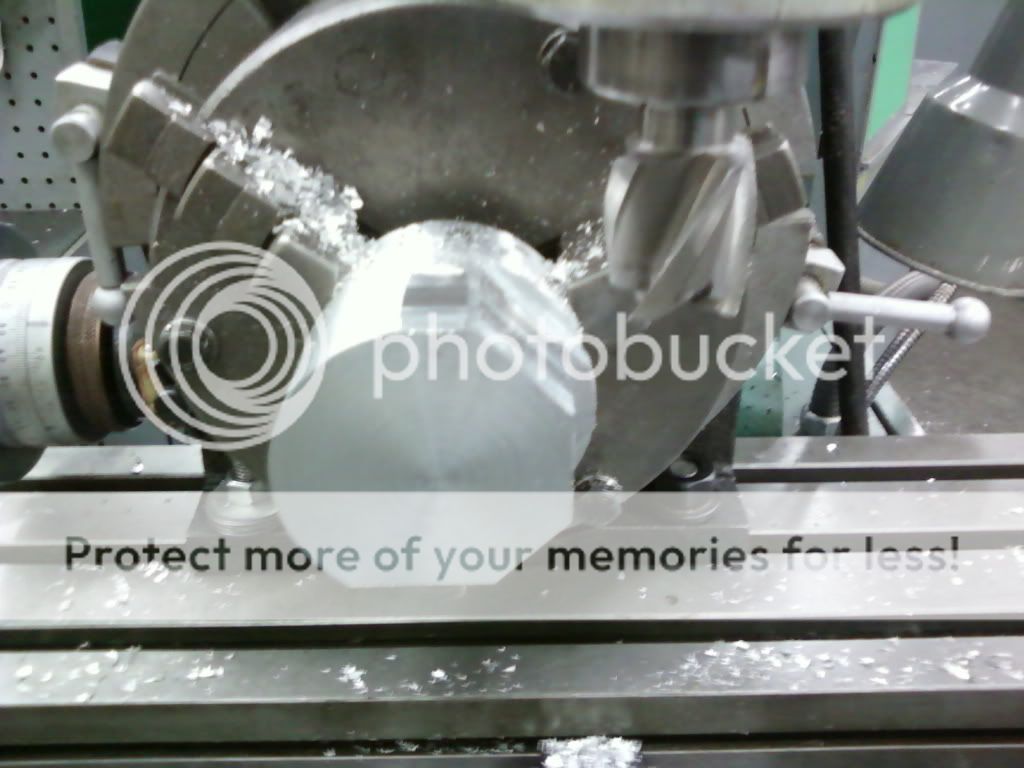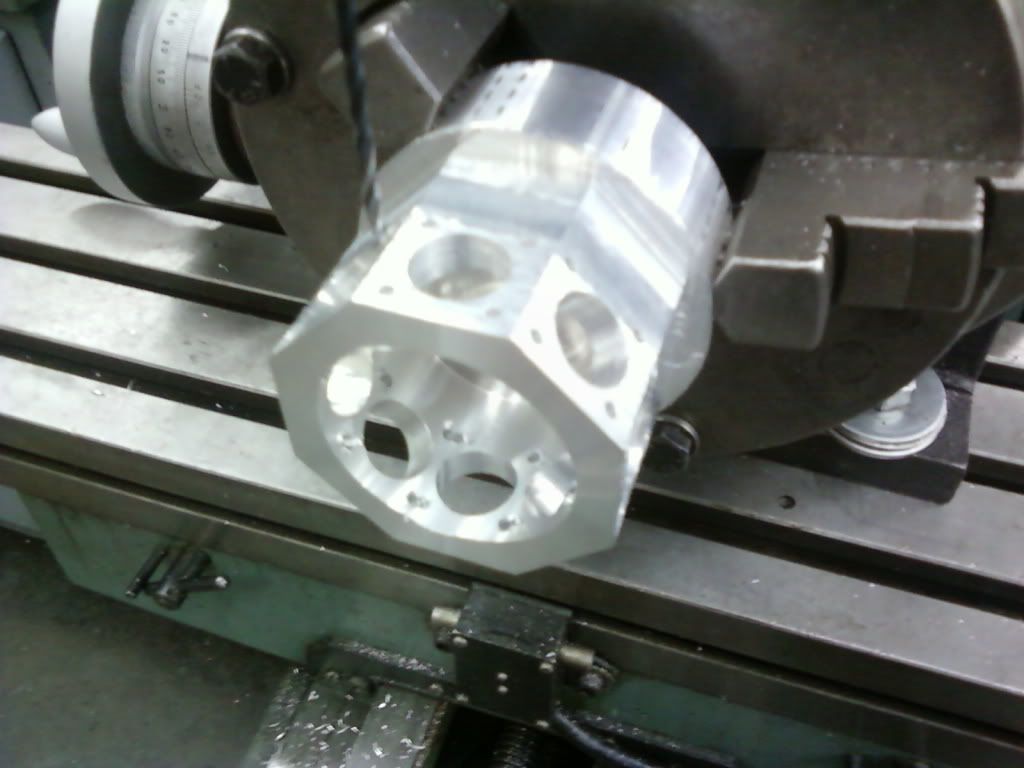modelman1838
Well-Known Member
- Joined
- Oct 1, 2011
- Messages
- 51
- Reaction score
- 8
Many years ago I made a small non geared rotary table to a George Thomas design, and of all the tools I have made this is the most used. Any job with an external radius and out it comes.
Hugh
Hugh

































![DreamPlan Home Design and Landscaping Software Free for Windows [PC Download]](https://m.media-amazon.com/images/I/51kvZH2dVLL._SL500_.jpg)







![Learning AutoCAD Civil 3D 2014 [Online Code]](https://m.media-amazon.com/images/I/51F3yi9fokL._SL500_.jpg)






















